Author: WOO Research
Background
On September 23, USDC Treasury once again minted 50 million USDC on Ethereum. This is the second time that Circle has minted 50 million USDC since September. Coincidentally, another stablecoin giant Tether also minted 1 billion USDT on Ethereum on September 16.
In addition to the issuance of the two most mainstream stablecoins on the market, PYUSD launched by Web 2 payment giant PayPal is a strong attack on the Solana ecosystem and is bound to the lending protocol Kamino.
According to DeFiLlama data, the overall market value of stablecoins has grown from US$130 billion to the current US$172 billion since 2024, with a year-to-date increase of 32%.
The issuance of stablecoins is not like other tokens where the single value is diluted. Because the collateral behind it allows it to be anchored to one dollar, it represents the increase in demand for stablecoins in the crypto market. In theory, it is also seen as hot money pouring into the market, which is a bullish signal.
Even though the growth of stablecoins this year is obvious to all, the market is still criticized for lack of liquidity and no new funds in this cycle. Has the above theory been proven to be false? What is the actual correlation with the coin price and the TVL of the overall crypto market? What are the recent strategic actions of the above-mentioned major stablecoin issuers?
Let WOO X Research take you to find out.

United States Department of Agriculture
Data situation
USDC had a market share of 32% in March 2022. Later, affected by the bankruptcy of Silicon Valley Bank, its current market share is only 20.6%, and its market value has also fallen from US$55 billion to US$35 billion now.
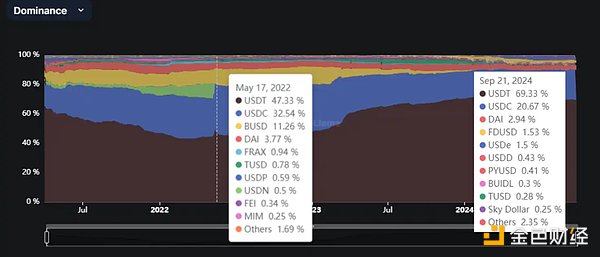
Although the bankruptcy of Silicon Valley Bank has brought a huge impact on USDC, starting in July 2024, USDC first minted 250 million USDC on Sol; in August, it continued to mint 2 times of 250 million USDC on Sol, and issued 2 times of 50 million USDC on Ethereum
In September, the frequency of minting on Ethereum was increased, and 50 million USDC was issued 4 times in three weeks, totaling 200 million.
· Ethereum: 50 million on 9/23, 50 million on 9/10, 50 million on 9/9, 50 million on 8/30
· SOLANA: 250 million on 8/8, 250 million on 7/20
Circle’s crazy money printing in the past three months has increased the issuance of about 800 million USDC, which has also made the market value of USDC show a slow upward trend in 2024, repairing the scars caused by Silicon Valley Bank.

Recent Dynamics
In addition to the above-mentioned possible signs of hot money influx, the significance of the additional issuance also represents the issuer's optimism about the future of the overall crypto market.
Circle Ventures invested in a total of 12 projects in 2024, investing in 1 to 2 projects a month. The types of investment projects are mostly payment, RWA tracks, and some sporadic infrastructure. For example, Huma Funance, the leader of the emerging concept PayFi, which recently raised 38 million yuan, and Centrifuge, the RWA credit market, etc.
Although USDC is a centralized stablecoin, it is an important underlying asset in DeFi. Circle starts from its own business such as payment and RWA (stablecoins can be said to be the earliest RWA that brings real assets to the chain). The relevant sectors have the ability to accommodate a large amount of funds. When the market is hot and the overall TVL rises, Circle will be able to make money on both the chain and off the chain, becoming a veritable money-making machine. And Jeremy, the founder of Circle, also recently stated that he is promoting an IPO plan.
Jeremy also stated at the Solana BreakPoint conference that he is exploring the combination of USDC and AI agents to ensure the flexibility and security of infrastructure such as wallets.
From USDC issuance, investment payment, RWA, infrastructure track to AI exploration, Circle has made frequent moves, and related tracks deserve continued attention.
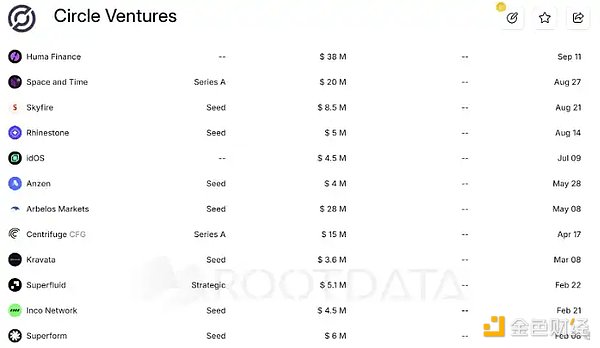
Tether
Data situation
USDT has always been the overlord of stablecoins, with a market share of up to 70%. The main circulation is on TRON, accounting for nearly 50%. The overall market value is as high as 120 billion US dollars, which has grown by 33% since the beginning of this year.

USDT is issued in units of 1 billion. This year, Ethereum and TRON have issued five additional units each, which is 10 billion US dollars.
· Ethereum: 1 billion on 9/16, 1 billion on 8/21, 1 billion on 8/13, 1 billion on 5/21, 1 billion on 2/21
· TRON: 1 billion on 8/20, 1 billion on 6/15, 1 billion on 5/17, 1 billion on 4/4, 1 billion on 1/29
USDT occupies a large share of the stablecoin market, and its parent company Tether has naturally made a lot of money. The financial report released by Tether in Q2 shows that the net operating profit reached US$1.3 billion, and the company made US$5.2 billion in the first half of 2024, a record high.
The main source of revenue is the 0.1% handling fee charged when depositing and redeeming, in addition to account verification fees, USDT loan interest income, etc.
Tether has a strong market share and brings about a network effect. Regardless of bull or bear markets, it has become a money printing machine in the crypto market.
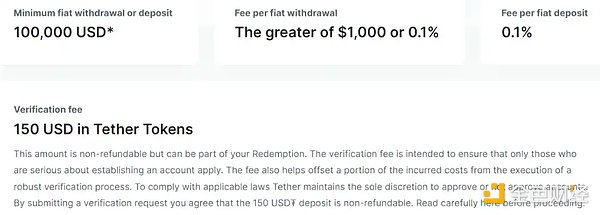
Recent Dynamics
Compared to Circle expanding its territory from its own business, Tether is a slash player.
Recently, on September 8, it announced the acquisition of a 9.8% stake in Latin American agricultural giant Adecoagro. In July, it announced the development of a decentralized AI model and invested in Northern Data Group, a cloud GPU operator, with a debt financing of up to $610 million. In June, it invested in Bitcoin mining company BitDeer and bought $100 million of BTDR shares. In April, it announced the establishment of four new business units, including technology, finance, energy (mining) and education, and launched its venture capital unit Tether Evo to explore tracks other than stablecoins.
PY USD
Data Situation
PYUSD is not as old as USDT and USDC. It was launched by PayPal in 2023 and is currently only circulated on Ethereum and Solana, with a circulation ratio of about 1:1. Although Ethereum and Solana are slightly equal in circulation, PYUSD was not launched on Solana until May this year, so PYUSD can be regarded as the native stablecoin of Solana. PayPal chose Solana for its excellent settlement speed, transaction fees of less than one cent, and an ecosystem with more than 2,500 developers.
The current market value of PYUSD is US$722 million. It has grown very fast since the beginning of this year. On the one hand, it has also benefited from the rapid development of Solana this year. The market value has grown by about 3 times, ranking seventh among the overall stablecoins.
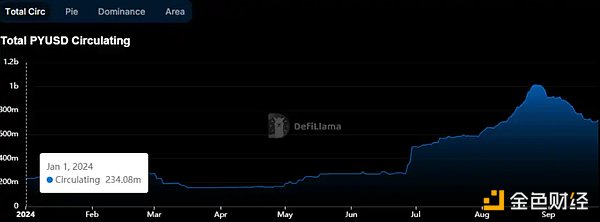
The recent decline in circulation is attributed to the decline in the annualized reward for PYUSD in various DeFi protocols on Solana.
Originally, depositing PYUSD in the lending protocol Kamino for lending could obtain a low-risk return of about 13%, but with the end of the activity, the current return is between 7% and 8%, and the willingness to deposit has decreased, so the circulation of PYUSD has decreased. PYUSD in Kamino accounts for 78% of the total circulation on SOL, so the flight of funds from the protocol has a great impact on PYUSD, and it is also one of the risks that PYUSD holders need to consider.
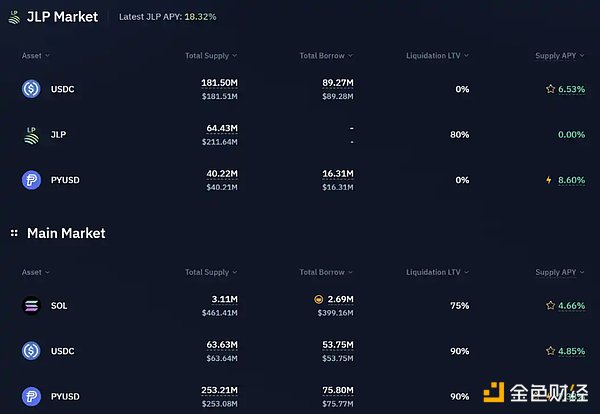
Recent Developments
PayPal launched PYUSD in August last year. It seems to be a latecomer, but in fact, PayPal Ventures has a record of investing in crypto projects as early as 2019. There are 4 investments this year, a total of three projects, among which Chaos Labs, an on-chain risk control company, has participated in all three rounds of financing (the seed round was led in 2023)
In addition, it also includes Ethena, a popular interest-bearing stablecoin project this year, and Mesh, a payment platform. It can be seen that PayPal's development direction is still centered around its own stablecoin and payment business.
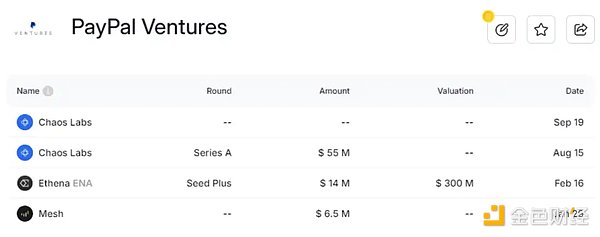
Correlation between stablecoin market value and DeFi TVL & Bitcoin price
Reviewing past experience, we can find that the correlation between stablecoin market value and Bitcoin price is as follows
In 2021, as Bitcoin prices rose, the market value of stablecoins also increased, which means that funds are flowing into the cryptocurrency market. Investors may temporarily keep their funds in stablecoins, waiting for opportunities to buy Bitcoin or other crypto assets.
In 2022, as the market fell, both Bitcoin prices and stablecoin market values fell, indicating that funds are leaving the market, and investors will exchange stablecoins back to fiat or withdraw funds directly.
From 2023 to 2024, both Bitcoin prices and stablecoin market capitalizations showed a gradual upward trend, suggesting that the market has regained interest and funds have flowed into the cryptocurrency market again.
There is a strong positive correlation between Bitcoin prices and stablecoin market capitalizations. When Bitcoin prices rise, stablecoin market capitalizations usually increase, indicating an inflow of funds from the market; conversely, when Bitcoin prices fall, stablecoin market capitalizations also decrease, indicating an outflow of funds from the market.

The trend of DeFi TVL is even more strongly positively correlated with the stablecoin market capitalization, and the line charts almost perfectly overlap. With the recent continuous issuance of stablecoins, we can also expect that after the continuous influx of hot money, both Bitcoin and altcoins will be able to restore liquidity.
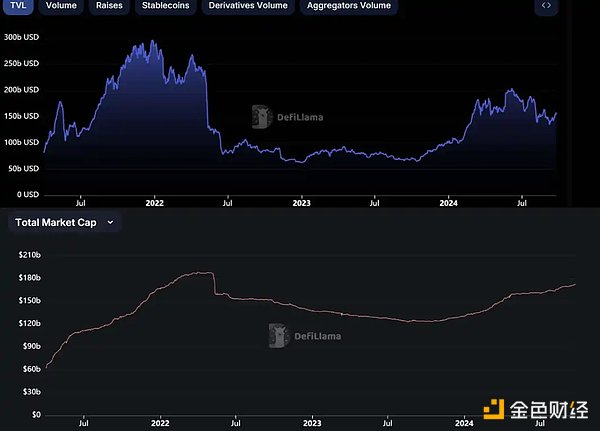
 JinseFinance
JinseFinance



















